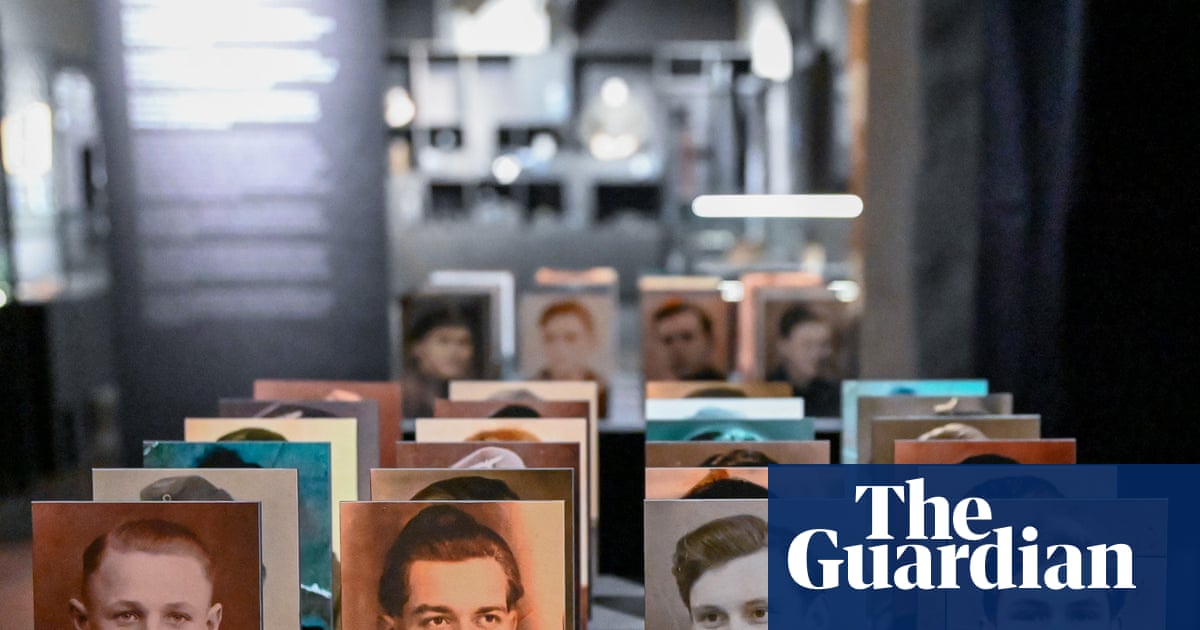
"Two old family photos show the same group: a short-haired woman, a girl in a striped dress, and a man in uniform. But there is one difference between these well-preserved, sepia pictures: in one, the man wears a Wehrmacht uniform; in the other his military dress has been altered to conceal his wartime service. Donated to the Museum of Gdansk by the son of the girl in the striped dress, these images feature in a new exhibition about the mass forced conscriptions of Pomeranians into the German army."
"After the German invasion of September 1939, some Polish territories, including Pomerania, Silesia and Greater Poland, were directly incorporated into the Reich. The inhabitants of these regions were registered on the German People's List (Deutsche Volksliste), which classified the inhabitants of occupied territories. For men of conscription age, this often entailed compulsory service in the Wehrmacht. Those who refused to serve, deserted, or attempted to join the Polish armed forces or partisan groups were condemned to death and sent to concentration camps."
"Historians estimate that between 400,000 tand 450,000 citizens of the Second Polish Republic served in the Wehrmacht, more than the number who served in the Home Army, the dominant resistance movement in German-occupied Poland a painful reality which, the Gdansk museum contests, needs to be accepted to allow a more truthful reckoning with its past.."
Two sepia family photos show identical subjects but differ in whether the man wears a Wehrmacht uniform or has his military dress altered to conceal service. The images were donated to the Museum of Gdansk by the son of the girl in the striped dress and appear in an exhibition focused on mass forced conscriptions of Pomeranians into the German army. After the 1939 invasion, some Polish regions were incorporated into the Reich and residents were placed on the Deutsche Volksliste, exposing men of conscription age to compulsory Wehrmacht service under threat of death or camps. Historians estimate 400,000–450,000 citizens served in the Wehrmacht, a fact that has generated public controversy and protests tied to rightwing politics while prompting calls for a truthful reckoning with the past.
Read at www.theguardian.com
Unable to calculate read time
Collection
[
|
...
]